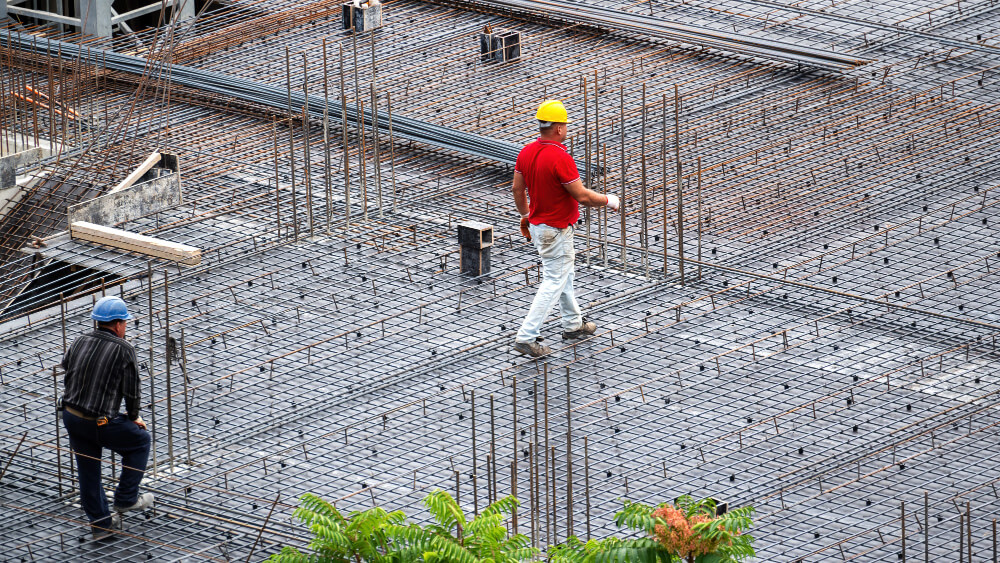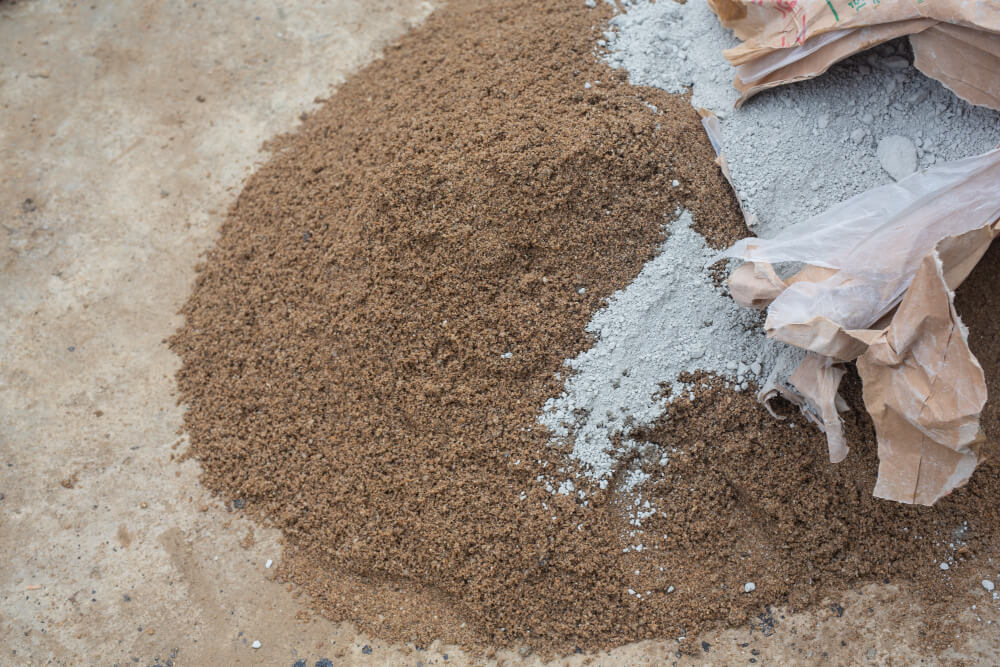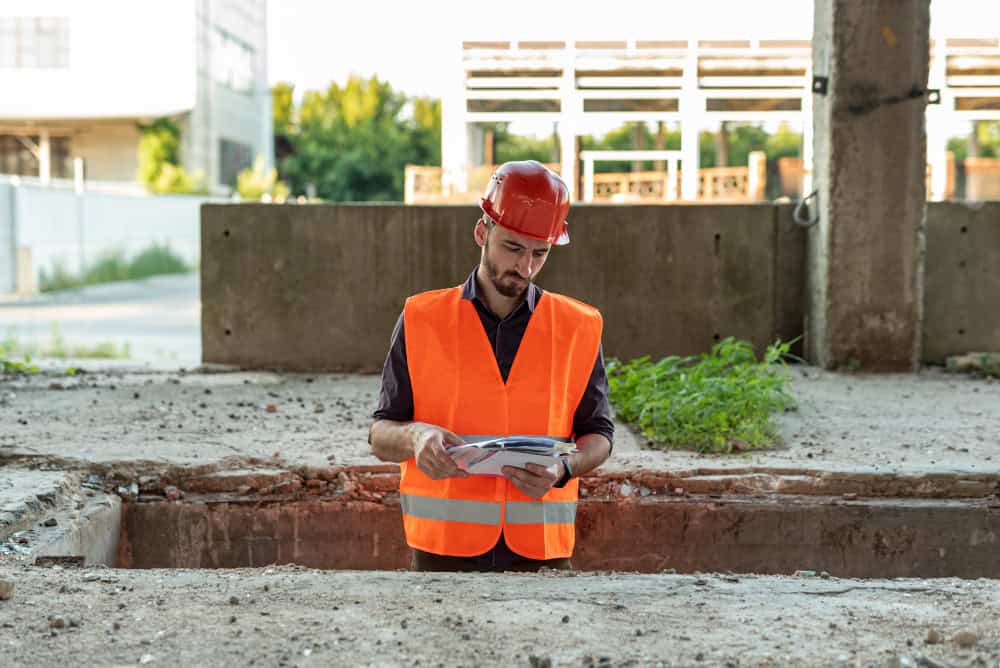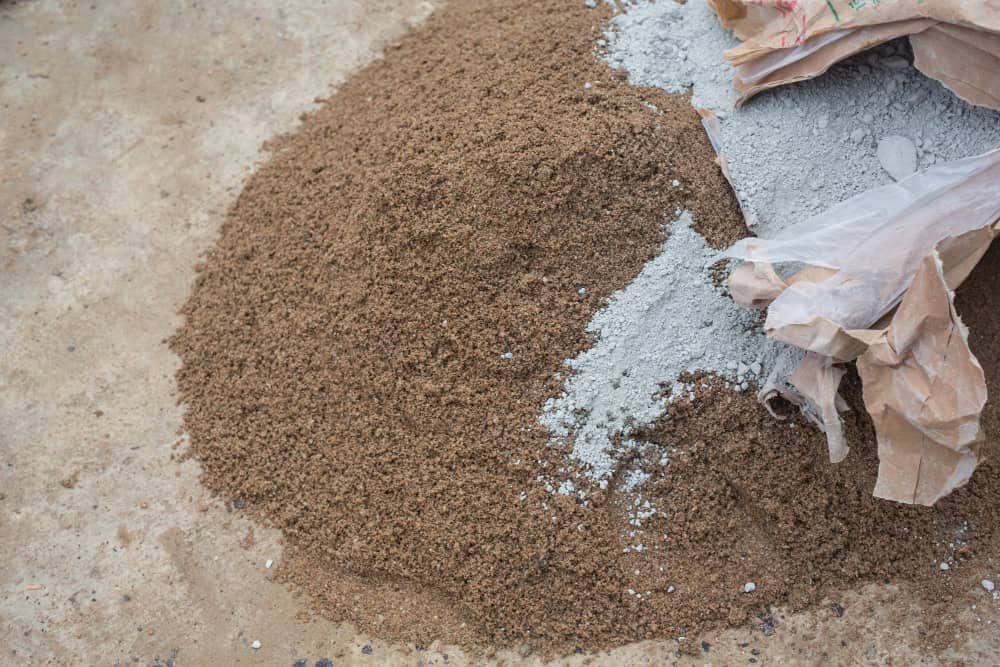Blogs
Filter by Category ▶️
The real estate market offers a wide range of housing options, each designed to meet different lifestyle needs and budget preferences. Among these options, the Duplex Flat has gained considerable popularity in recent years, especially in urban and semi-urban areas.…
In modern project management, controlling costs is as critical as managing timelines and quality standards. Projects today operate under tight budgets, increased stakeholder scrutiny, and constant pressure to deliver value. Even small deviations in spending can snowball into major…
Concrete quality plays a decisive role in the safety, durability, and performance of any construction project. Engineers and site professionals rely on several testing methods to evaluate concrete strength, both destructive and non-destructive. Among non-destructive techniques, the Concrete Test Hammer…
Real estate buyers often focus on price, location, and amenities while overlooking technical regulations that can significantly affect a property’s value and future potential. One such critical concept is Floor Space Index. Understanding what Floor Space Index Means is essential…
Construction projects are among the most resource-intensive and complex endeavors in the world of business. From skyscrapers to bridges, residential complexes to industrial facilities, every project must be delivered with precision, efficiency, and financial discipline. One of the most important…
.In reinforced concrete construction, slabs play a vital role in transferring loads safely to beams, walls, and columns. For a construction engineer, understanding slab behavior is not optional—it is foundational. Among different slab systems used in buildings, the Two Way…
The concept of compact urban living has gained immense popularity over the past decade, especially in metropolitan cities where space is limited and property prices continue to rise. Among the most commonly discussed compact housing options is the studio flat. …
Construction projects are built on detailed planning, contractual clarity, and coordinated execution. However, despite extensive preparation, changes during construction are almost unavoidable. Design refinements, unforeseen site conditions, regulatory updates, material availability issues, or client-driven modifications often emerge once…
Concrete Masonry Blocks have become one of the most relied-upon building materials in today’s construction industry. Their unmatched strength, durability, versatility, and long-term performance make them a preferred choice across residential, commercial, and large-scale infrastructure projects. With the growing need…
Urban India is undergoing a dramatic transformation as population growth, rapid urbanization, and evolving lifestyle preferences reshape residential living choices. One of the most noteworthy developments in the real estate sector is the rise of High Rise Apartment living—an urban…
Construction project management involves multiple phases—from planning and procurement to execution and delivery. At the center of all these activities lies the concept of Cost and Types of Cost, a foundational element that determines whether a project stays on…
The Standard penetration test is one of the most trusted and widely used in-situ soil investigation methods in the construction and infrastructure sector. It helps engineers understand the behavior of subsurface soil layers before designing foundations, pavements, and other structural…
Understanding the studio apartment definition is essential for anyone planning to rent, invest in, or design compact urban homes. As cities expand and living spaces become more expensive, the demand for smaller yet functional housing options has risen sharply. This…
A resource plan is one of the most essential tools in successful project management. Whether you are handling a small assignment or managing a large, multi-phase project, a clear and detailed resource plan ensures that work is carried out…
The compression strength of concrete is one of the most critical properties that determines its ability to withstand loads without failing. Concrete is widely used in the construction of residential buildings, high-rise structures, bridges, pavements, dams, industrial floors, and other…
Owning a property in the city of Brihanmumbai Municipal Corporation (BMC) jurisdiction means staying abreast of your obligations — one of the most important among them is the matter of property tax. In this guide, we will explain everything you…
Project Cycle Management is one of the most essential methodologies used to ensure that projects are systematically planned, executed, monitored, and evaluated for successful outcomes. It provides a structured and strategic framework to manage the entire lifecycle of a project…
Slab construction is one of the most widely used structural systems in residential, commercial, and industrial projects. Whether you are building your first home or managing a construction site, understanding slab construction is essential for ensuring strength, durability, and long-term…
Understanding property measurements is one of the most confusing parts of real estate buying. While terms like carpet area and built-up area are fairly known, the concept that often leads to the most misunderstanding is the super built up area…
In the construction industry, precision, planning, and coordination are the cornerstones of every successful project. One critical element that drives these aspects is the Bill of Materials. Often referred to as the backbone of project execution, the Bill of…
Concrete stands as the backbone of modern infrastructure—bridges, skyscrapers, pavements, and dams all rely on its strength and durability. Among its many defining characteristics, the density of concrete plays a vital role in determining how strong, durable, and long-lasting a…
When it comes to buying or renting a home, the terms flat and apartment are often used interchangeably, but they don’t mean exactly the same thing. The difference between flat and apartment lies not just in terminology but also in…
In today’s construction industry, competition is intense, client expectations are higher than ever, and the pressure to deliver projects on time, within budget, and with superior quality continues to grow. This is where Total Quality Management (TQM) has become a…
In the world of reinforced concrete construction, slabs play a vital role in shaping floors and roofs. Among the different types of slabs used in construction, the one way slab stands out for its simplicity, cost-effectiveness, and suitability for…
Luxury real estate is no longer confined to mere mansions or beachfront estates. It has entered a new stratosphere—where properties are valued in billions, not millions, and their grandeur transcends function. When talking about the most expensive house of…
In the evolving landscape of construction, where speed, precision, and innovation are paramount, micro concrete has emerged as a powerful material revolutionizing modern projects. Also known as microcement, this advanced construction material is engineered for high strength, flowability, and ease…
Concrete is the foundation—both literally and figuratively—of modern infrastructure. From skyscrapers and bridges to residential homes and sidewalks, concrete is a vital construction material. However, the strength, durability, and performance of concrete rely heavily on getting one key component…
In the world of real estate transactions, accuracy and legal clarity are paramount. A common issue that property owners encounter is discrepancies in the name mentioned in property-related documents. Whether it’s a spelling error, a change of surname after…
A load bearing structure is one of the most fundamental types of structural systems used in construction across the world. Known for its simplicity, cost-effectiveness, and historical significance, this construction approach has been the backbone of residential and…
The construction industry, long characterized by manual labor and conventional practices, is undergoing a technological transformation. Among the most influential forces behind this shift is the Internet of Things (IoT). With real-time data collection, remote monitoring, predictive analytics, and…
Buying a property is often one of the biggest financial decisions in a person’s life. From evaluating the market value and builder credibility to verifying possession timelines, many aspects influence the decision. However, the most critical yet often overlooked…
In the world of project management, even the most meticulously planned projects are exposed to uncertainties. Whether it’s a delayed vendor delivery, unexpected regulatory changes, or a sudden change in customer requirements—risks are inevitable. This is where a…
In the world of construction, the success and longevity of any structure depend significantly on its foundation. And at the heart of a strong foundation lies a crucial component—footings. The construction of footings is the first and most essential…
In the world of project management, clarity is king. Without clearly defined goals, expectations, deliverables, and timelines, even the most promising projects can derail. That’s where the concept of SOW in project management comes in. A Statement of Work…
In For many first-time homebuyers or renters, terms like 1 BHK, 2 BHK, or 3 BHK can sound like real estate jargon. But understanding these abbreviations is crucial before making any property decision. Whether you’re a student, a working…
When it comes to ensuring the durability and longevity of buildings, moisture control is one of the most critical aspects of construction. Among the many techniques used to prevent water-related damage, one of the most effective and widely adopted…
As we step into 2025, entrepreneurs and investors have a golden opportunity to explore innovative real estate business ideas that go beyond traditional property dealings. Whether you’re an experienced player or just getting started, these forward-thinking ideas can help…
In today’s dynamic and complex business environment, delivering successful projects is no longer just about managing timelines or allocating resources. It’s about driving outcomes that align with the organization’s vision, satisfy stakeholder expectations, and build lasting impact. That’s why setting…
In the construction industry, delivering durable, reliable, and safe structures starts with the right mix—literally. One of the most widely used and trusted tests to ensure that fresh concrete meets project requirements is the slump concrete test. Despite its simplicity,…
Buying a property is not just about signing the dotted line or receiving the keys—it’s about ensuring legal and regulatory compliance. Among the crucial documents required for a smooth and lawful possession is the Occupation Certificate. Whether you’re a…
Effective construction isn’t just about laying bricks and pouring concrete — it’s about having a clear, actionable plan before a single shovel hits the ground. From small-scale residential buildings to massive commercial structures, every successful project begins with comprehensive…
In modern construction and interior design, there is a growing demand for materials that are not only robust and long-lasting but also visually appealing. One technique that has risen to meet this demand is concrete polishing. Once viewed as merely…
In today’s rapidly urbanizing world, real estate development has reached unprecedented heights. From residential skyscrapers to commercial complexes, cities are continuously expanding. But amid the rush for construction and occupancy, one essential aspect remains at the heart of lawful property…
In large-scale construction projects, where multiple stakeholders are involved—from architects and engineers to contractors and consultants—clear communication and well-defined responsibilities are critical to success. Unfortunately, in the absence of a structured system, role ambiguity often leads to miscommunication, rework, delays,…
Concrete is the backbone of modern construction. From residential buildings to massive infrastructure projects, concrete plays a vital role in ensuring strength, stability, and longevity. One of the most crucial aspects of using concrete effectively lies in understanding the mix…
The Goods and Services Tax (GST) introduced in India on July 1, 2017, brought about a paradigm shift in the taxation structure of various industries, including real estate. Being a major contributor to the Indian GDP and a large employment…
In construction, where margins are tight and timelines are critical, clarity and precision are non-negotiable. One tool that ensures both is the BOQ, short for Bill of Quantities. Despite being a back-office document, the BOQ is the lifeline of…
The construction industry in 2025 is undergoing a powerful transformation. With digitization, sustainability, and supply chain efficiency at the forefront, one of the key pillars of this shift is construction materials supply. No longer limited to simply delivering raw materials,…
For anyone planning to purchase a home in Karnataka, navigating the real estate landscape has become more structured and buyer-friendly thanks to the Karnataka Real Estate Regulatory Authority. Introduced under the RERA Act of 2016, this regulatory framework aims to…
The integration of artificial intelligence in construction industry has brought about a significant transformation, particularly in the area of project planning. As one of the most complex and capital-intensive sectors, the construction industry faces challenges like cost overruns, time delays,…
Shuttering, also known as formwork, is an essential part of any concrete structure. It provides temporary support to fresh concrete until it gains sufficient strength to hold its own shape. Whether you’re constructing a high-rise building or a simple residential…
A real estate property developer plays one of the most critical and dynamic roles in the real estate industry. These professionals do far more than just construct buildings—they orchestrate entire developments from concept to completion, transforming ideas and raw land…
In the construction industry, where delays, cost overruns, and scope changes are common, even well-planned projects can fall apart. Materials don’t arrive on time, labor strikes happen, weather intervenes, and sometimes design flaws are discovered late. These challenges, if not…
In the world of modern architecture and sustainable construction, innovation is the cornerstone of progress. One such breakthrough that is reshaping the skyline and redefining eco-conscious building practices is chameleon glass. This revolutionary material, often categorized under smart or dynamic…




















































